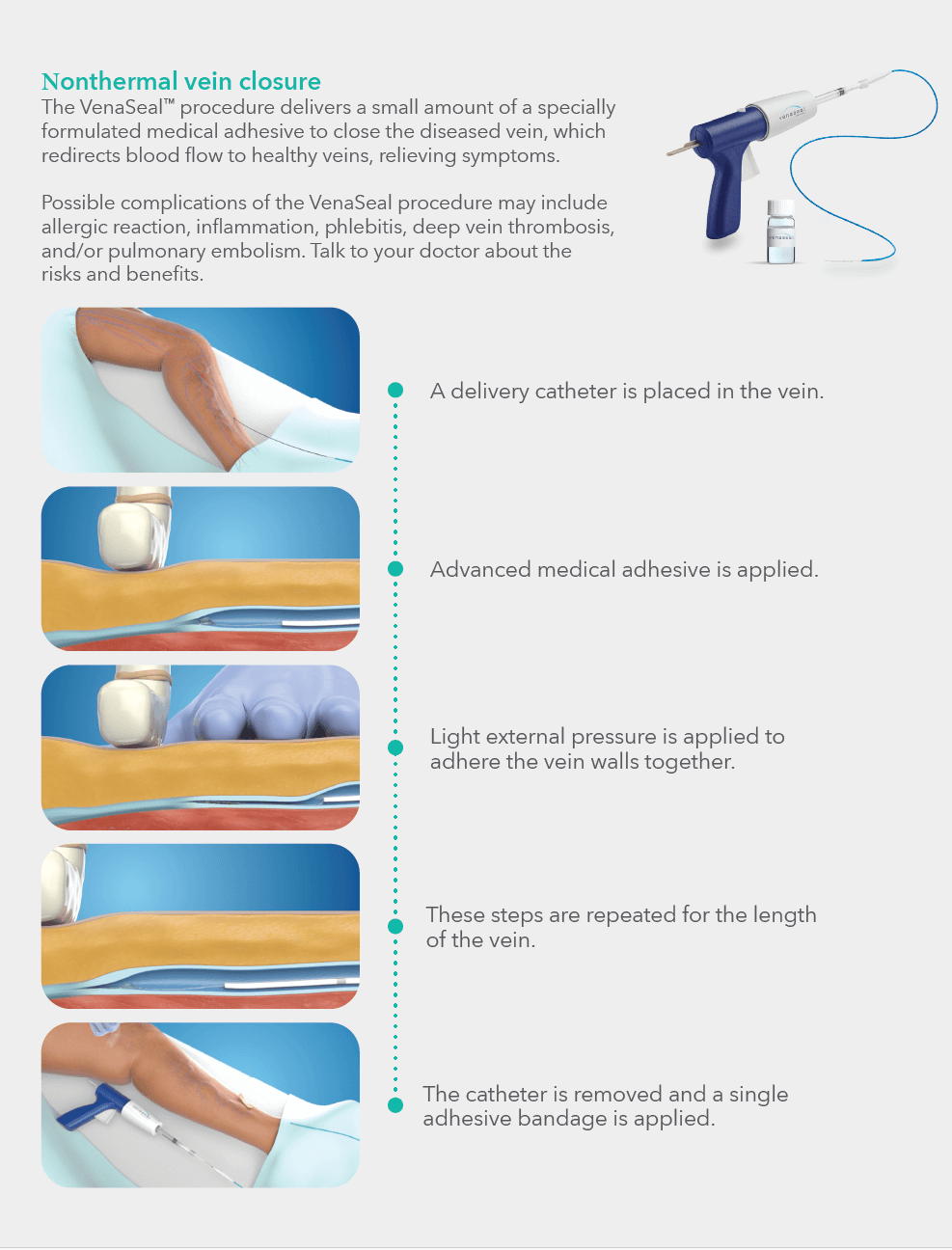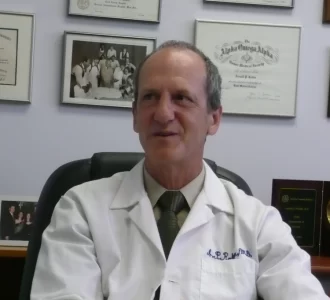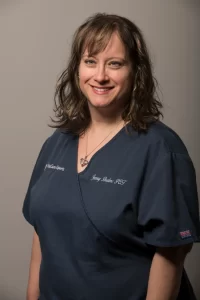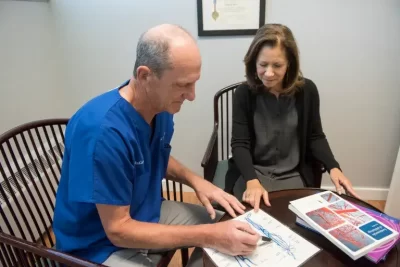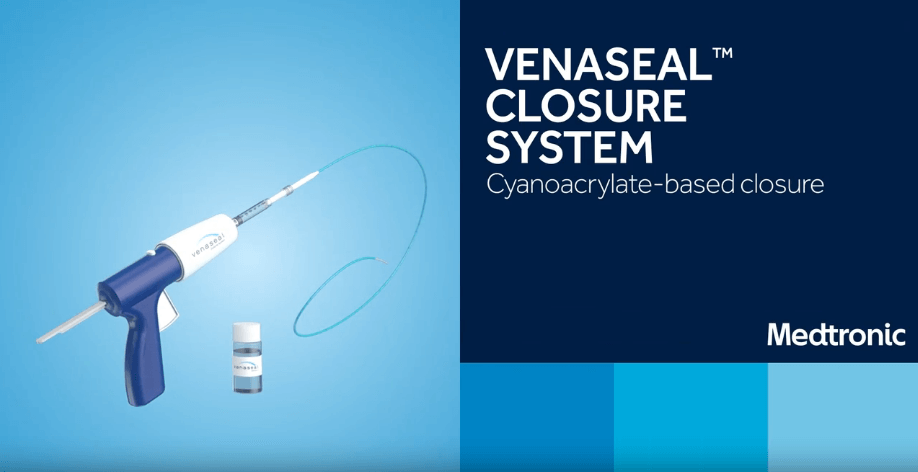

VenaSeal Procedure
Procedure:
- An ultrasound maps the varicose veins.
- A local anesthetic is applied to numb the area.
- A catheter is inserted, and the adhesive is used to seal the veins.
- The sealed veins stop blood flow, redirecting it to healthier veins.
- The body absorbs the sealed veins over time, with visible improvement seen in 3 to 4 weeks.
Contact Us
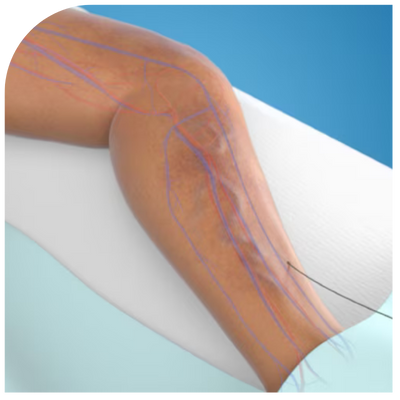
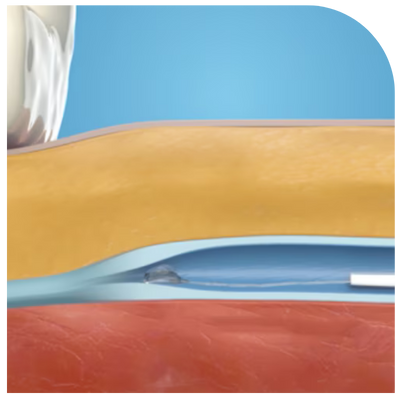
A specially formulated medical adhesive is placed in the diseased vein via a small catheter.
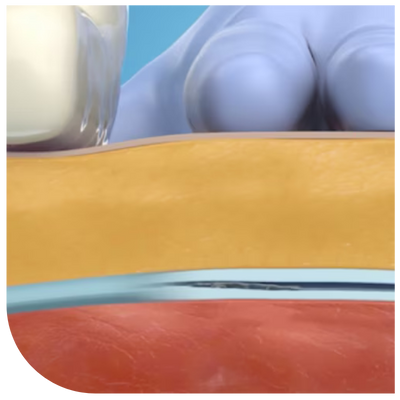
Light external pressure is applied to adhere the vein walls together. This step is repeated for the length of the vein.
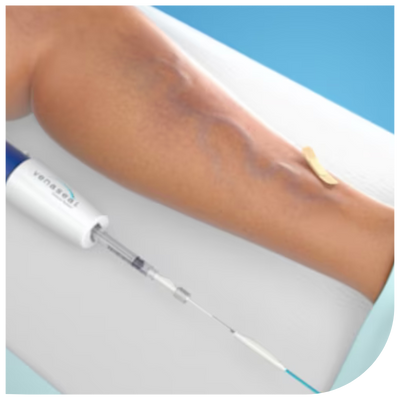
The catheter is removed and a single adhesive bandage is applied to the vein access site.
Uses of Venaseal
- Swelling
- Discoloration
- Restless legs
- Ulcer or open sores
- Aching
- Skin irritation
- Inflammation
- Cramps


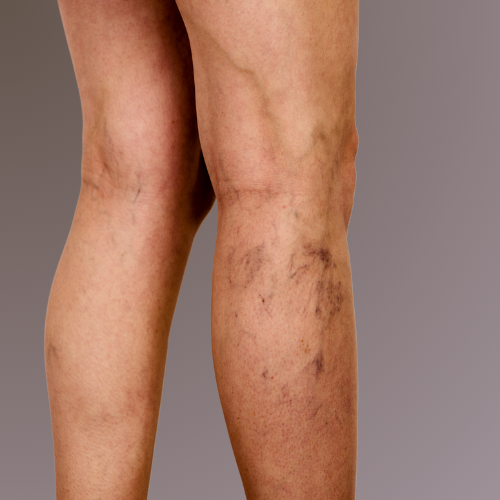

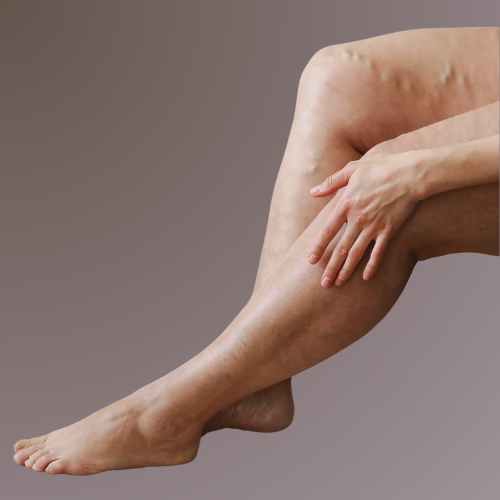

After The Procedure
- After the venaseal procedure, the injection site will be cleaned with the help of an alcohol swab, and the doctor will apply a small bandage.
- For fast recovery, resume your normal activities immediately after the procedure.
- Exercise regularly, such as walking, golfing, biking, or playing tennis, for immediate healing.
- Symptoms will start improving as early as healthy blood flow restores
- Use heating pads or counter analgesics if you feel any mild discomfort, itching, or pain after the procedure. If you feel severe pain or allergy, immediately call your doctor for a recommendation.





Advantages of Venaseal
Just one needle prick
In other varicose veins treatment procedures, several needle pricks are required to close varicose veins. On the other hand, in this process, only one prick is needed to access the catheter to the varicose vein.
Immediate recovery
In other varicose veins treatment procedures, several needle pricks are required to close varicose veins. On the other hand, in this process, only one prick is needed to access the catheter to the varicose vein.
No discomfort
In other varicose veins treatment procedures, several needle pricks are required to close varicose veins. On the other hand, in this process, only one prick is needed to access the catheter to the varicose vein.
No compression socks
In other varicose veins treatment procedures, several needle pricks are required to close varicose veins. On the other hand, in this process, only one prick is needed to access the catheter to the varicose vein.
Venaseal is a medical procedure used to treat varicose veins. Varicose veins are enlarged, twisted, or swollen veins that happen anywhere in the body, but most commonly, it occurs in the legs. It happens when a person standing and walking in an upright position increases the pressure in the lower body. Nevertheless, the valves in the veins do not work properly, so the blood does not flow adequately and causes varicose veins. Venaseal seals the saphenous veins, which is the main reason behind varicose veins. The venaseal procedure is minimally invasive, with excellent results. The venaseal procedure is one of the most effective treatments for varicose veins. The patients during this procedure do not require anesthesia or any medication before or after the venaseal procedure.
Uses of Venaseal
The Venaseal procedure is used to reduce the symptoms of varicose veins in the patients, such as:
- Swelling
- Discoloration
- Restless legs
- Ulcer or open sores
- Aching
- Skin irritation
- Inflammation
- Cramps
Venaseal Procedure
Venaseal is a minimally invasive procedure that experts usually perform, and this is one of the best treatments for varicose veins. Venaseal includes the process of using a medical adhesive that is used to close the veins. Using this adhesive is more comfortable and also reduces pain. This medical adhesive, known as Saphoen glue or venaseal adhesive, closes the prominent saphenous veins in the legs.
The venaseal procedure includes the following things:
- At the start, the doctor takes an ultrasound of the affected area. This method helps in making the map of varicose veins present in the legs.
- With the help of a map of your veins, the doctor will inject a local anesthetic to numb the affected area.
- Then using the needle the doctor will insert the catheter into the varicose veins.
- With the help of the ultrasound, the doctor will guide the catheter filled with medical adhesive to go and apply pressure to close the veins.
- This medical adhesive holds veins together, stops blood flow, shrinks the area, and redirects it into healthy veins.
- After some time, the body reabsorbs the closed veins, and they disappear.
- Patients see a noticeable improvement in varicose veins after 3 to 4 weeks of the procedure.
After The Procedure
- After the venaseal procedure, the injection site will be cleaned with the help of an alcohol swab, and the doctor will apply a small bandage.
- For fast recovery, resume your normal activities immediately after the procedure.
- Exercise regularly, such as walking, golfing, biking, or playing tennis, for immediate healing.
- Symptoms will start improving as early as healthy blood flow restores
- Use heating pads or counter analgesics if you feel any mild discomfort, itching, or pain after the procedure. If you feel severe pain or allergy, immediately call your doctor for a recommendation.
Things to Avoid
In the first week after having the venaseal procedure following things should be avoided until the treated veins are fully healed and fully closed:
- Avoid heavy weight lifting
- Standing activities
- Certain types of strenuous activity
- Use of hot tubs
These things must be avoided because the adhesive takes five to seven days to form the veins’ dimensions and obstruct the blood flow.
References
- https://uvahealth.com/services/imaging/venaseal
- https://blog.radiology.virginia.edu/venaseal/
- https://www.bassmedicalgroup.com/vein-center-blog/venaseal-for-varicose-veins-what-to-expect-during-the-recovery-process
- https://www.veinhealth.com.au/venaseal/

